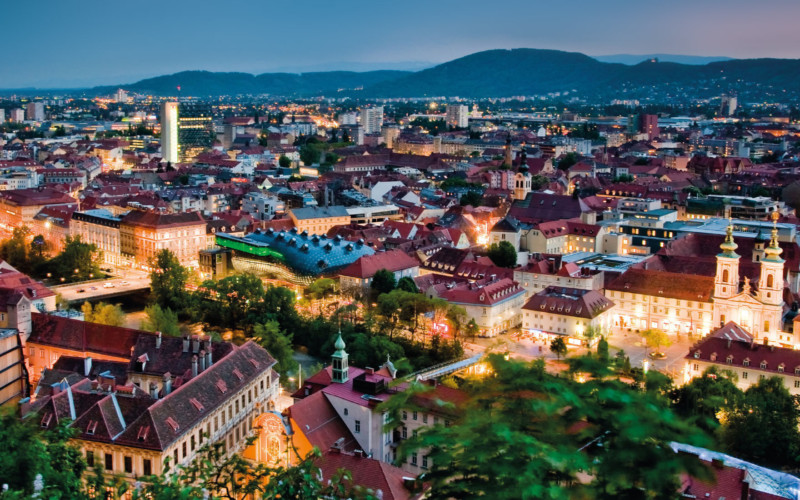
We live in exciting times. Many things are in transition, accelerated and in part turned upside down by the pandemic and its effects on the design of everyday life between work, home and life itself. The changes in living habits imply new demands on the living environment of the individual and thus a partly completely new approach to urban development and infrastructure.
These three topics would each, in themselves, be a strong determining factor for urban planning. This trio now also gains a completely new importance with the increasing focus on the topic of “home office”, and, as a further consequence of the various lockdowns and pandemic-related restrictions, the growing online trade. According to current forecasts, 50% of trading will be transacted via the internet in the future. And above all lies the mega-trend of “sustainable living”.
Climate change alone, as a problem for society as a whole, cannot be tackled through individual solutions or exclusively individual approaches, or even be resolved. What is needed in the international political and economic sector – solidarity between the responsible nations – also applies on a smaller scale to a city, its building projects, regulations, possibilities and zoning plans. Graz is fighting against fine dust pollution, but there are also problems of retail, to hold its own in attractive inner-city city centre locations and to be able to survive financially at all.
These are all things that cannot be solved by a single project developer who needs and wants to create space for more and more residents, and at the same time has to deal with numerous conditions and also headwind from the market environment.
In order to be able to plan and implement such concepts in a well-founded manner, all those responsible for urban relevant issues must pull together. In Graz, as a city that is not only very popular with expats (the quality of life in general and the friendliness of the people of Graz stand out in many surveys), we have to ask ourselves the question: What can and do we want to achieve and offer by 2050? A scientific basis would be essential for further development considerations; in order to generate such a basis, the scientific know-how available in Graz in the form of universities and universities of applied sciences could be integrated. This would provide valid data on CO2 emissions, approaches to concepts for the use of renewable energies, mobility, etc. Such a scientifically sound approach would lead to further measures. What is important here, of course, is a “common ground”: particular interests, political ambitions and petty discussions must be left at home in such a long-term, comprehensive and sustainable urban planning.
Provided that we manage to dispense with vanity and work together to build the “Graz of the future”, fascinating perspectives open up. As part of the “Talk am Ring” discussion format on “Findet Zukunft Stadt?” [What kind of future will cities have?], Thomas Pucher, an internationally renowned architect based in Graz, expressed the idea of transforming the centre of Graz into a kind of quality-of-life cluster: “The city of Graz as the centre of Styria –with a shop or workshop from every corner of the country, perhaps even combined with an ecological approach.” This also implies other possibilities to further revitalise city centres. “Why don’t we try, for example, to bring the whole issue of care, support for the elderly, etc. into the city instead of building senior citizens’ residences in the countryside? People who are no longer so mobile often find it easier to live in the city,” added Helmut Konrad, founder and CEO of the K1 Group, to this discussion.
The future will belong to the inclusion of the surrounding area, nature and diversity. A “city-use” mix for residents that goes far beyond “retail and housing” and includes mobility, based on scientifically sound ecological and economic foundations.
Graz is not the only city that has to face the big issues. Vienna, for example, is beginning to push for mixed market areas, i.e. to create a symbiosis between commercial and residential. The revitalisation of the grand shopping avenue Kurfürstendamm in Berlin would be as a successful example of minimal (party) political influence and maximum, well-orchestrated private-sector initiative a benchmark for local approaches.
Gernot Katzenberger, CEO of WEGRAZ, knows from experience that the path of joint planning and implementation in urban development will not be easy. “It will certainly be a tour de force with a lot of persuasion and perserverance.”
The result will be worth it.